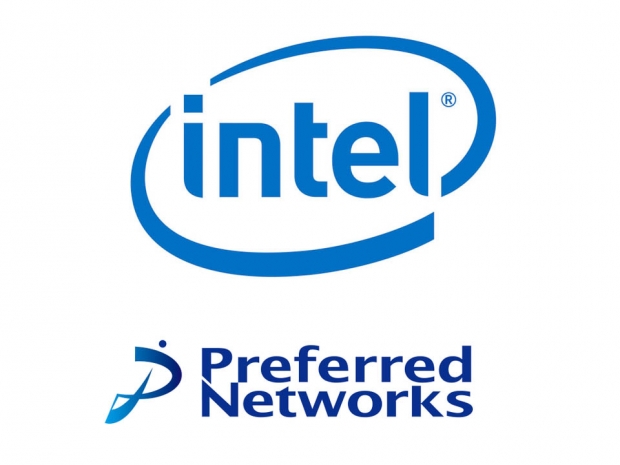The partnership, announced at Intel’s Tokyo AI Today, will focus on the company’s deep learning framework called Chainer, with the results now available in Intel’s GitHub repository. The framework was made open source in June 2015 and has since been adopted for both research and real-world application environments. It uses Intel’s open source libraries (Intel Math Kernel Library and Intel Math Kernel Library Deep Neural Network) as fundamental building blocks for AI training and development.
Recently, Intel has been investing heavily in AI across several key groups – financial services, healthcare, retail, and manufacturing. As we mentioned last week, competition in the AI platform market is heating up in 2017 with key players including Intel, IBM, Qualcomm, Nvidia and AMD. Intel’s recent $400 million investment in buying startup Nervana Systems has contributed to the company’s ability to optimize its latest Xeon and Xeon Phi processor lineups specifically for neural networks. The result is more compute density at the hardware level that allows targeted performance increases for inference tasks and machine learning workloads.
“We believe in an open, standards-based ecosystem,” said Intel’s senior director for AI products Nidhi Chappell. She further mentioned that HPC’s use cases in the academic community have contributed significantly to the development of AI.
While Intel continues to remain bullish on AI, it is betting that the technology will eventually account for one of the largest workloads in corporate data centers. “The nature of AI requires that training be done both at the edge and in the data center”, said Chapelle. “Many of our customers do not wish to share their data on the public cloud, so deep learning will still be kept on premise.”
Many other multinational companies including Samsung, Google and HTC have invested heavily in AI as a means to boost the functionality of their digital voice assistant platforms for smartphones. While digital assistants are not a vertical industry that Intel has focused on, they represent a quickly growing market that enhances the intrinsic value of data but is likely bound for an eventual bubble.




